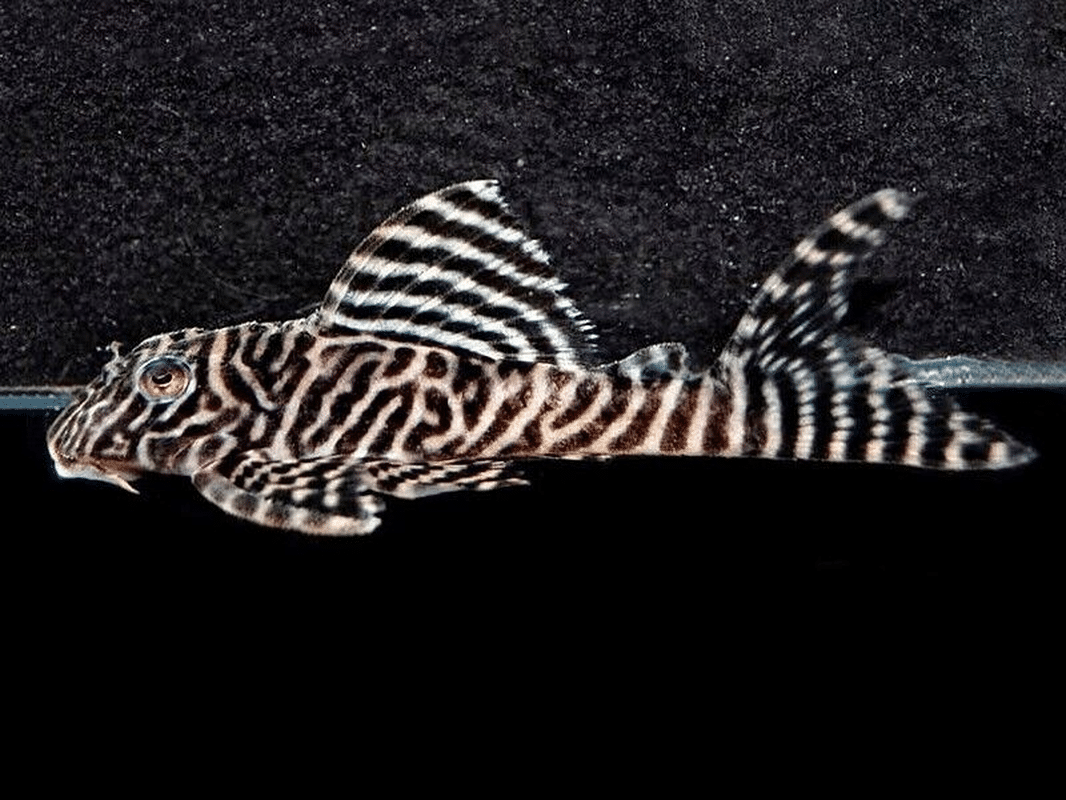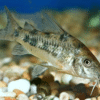To provide the best experiences, we use technologies like cookies to store and/or access device information. Consenting to these technologies will allow us to process data such as browsing behaviour or unique IDs on this site. Not consenting or withdrawing consent, may adversely affect certain features and functions.
The technical storage or access is strictly necessary for the legitimate purpose of enabling the use of a specific service explicitly requested by the subscriber or user, or for the sole purpose of carrying out the transmission of a communication over an electronic communications network.
The technical storage or access is necessary for the legitimate purpose of storing preferences that are not requested by the subscriber or user.
The technical storage or access that is used exclusively for statistical purposes.
The technical storage or access that is used exclusively for anonymous statistical purposes. Without a subpoena, voluntary compliance on the part of your Internet Service Provider, or additional records from a third party, information stored or retrieved for this purpose alone cannot usually be used to identify you.
The technical storage or access is required to create user profiles to send advertising, or to track the user on a website or across several websites for similar marketing purposes.



















Emily Carter (verified owner) –
I recently added a L066 King Tiger Pleco to my 75-gallon aquarium, and I couldn’t be happier with this beautiful fish! After a month of observing him, I can confidently say he’s an incredible addition to my fish tank. His striking patterns and vibrant colors bring life to the aquarium, and watching him explore is such a joy.
One of the best features of the L066 is how well he helps keep the tank clean. He’s a dedicated algae eater, and I’ve noticed a significant decrease in algae since he arrived. Unlike some other plecos I’ve tried in the past, he has a calm temperament and gets along wonderfully with my other fish.
Of course, I always have a bit of concern about water quality, so I ensure my tank has plenty of hiding spots and driftwood, which he loves. If you’re considering getting a pleco, I highly recommend the King Tiger. He thrives in well-maintained aquariums with plenty of space, and proper care is crucial for keeping him happy and healthy. Overall, he’s been a fantastic companion in my aquarium journey!